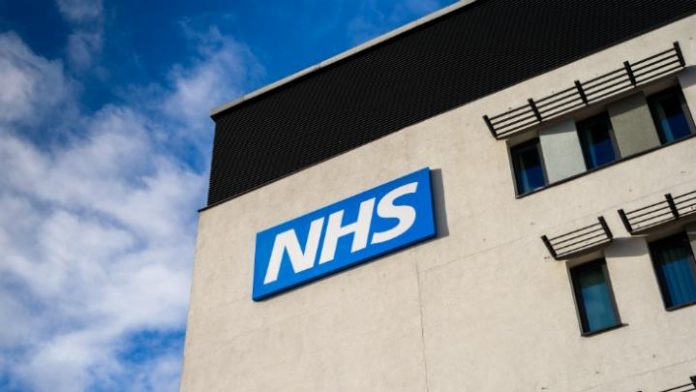Further progress has been made to reduce the number of people waiting more than 65 weeks for NHS treatment, but efforts to reduce the overall backlog appear to have stalled.
NHS performance figures released this week show 7.54 million people were waiting for elective treatment in March – virtually unchanged on the February figure and higher than the 7.33 million reported in March 2023.
Despite a small increase in the number of patients waiting over a year for treatment from 305,000 to 309,300, NHS trusts did make headway in reducing the number of patients breaching the 65-week waiting target. This fell by 35% to 48,968, while the numbers waiting more than 18 months were cut by around 50% to 4,770.
Median wait times have hovered at around 15 weeks since December, with roughly 57% of patients seen within the 18-week referral to treatment target. Some of the longest waits were for ENT and oral surgery (just 49% of patients seen within 18 weeks). However, trauma and orthopaedics remained the specialty with the highest number of patients waiting at more than 835,000.
Ophthalmology had some of the highest numbers of completed pathways for both admitted and non-admitted care, but remained one of the biggest waiting lists at 611,343.
Commenting on the figures, Independent Healthcare Providers Network CEO David Hare said there was no silver bullet for tackling the NHS backlog but that the independent sector continues to play a significant role in ensuring patients are treated as quickly as possible.
‘In the last year, almost one in five NHS inpatient elective procedures were delivered by independent providers, and activity by the sector removed more than 1.5 million people from the NHS waiting list in 2023,’ he said.
‘The independent sector remains ready and able to treat even more NHS patients than it currently does. It’s therefore vital that local areas make use of all available capacity in independent providers – including making sure NHS patients are aware of their “right to choose” to be treated in an independent hospital – so that patients can access the care they so desperately need.’








 ©2024 All rights reserved LaingBuisson
©2024 All rights reserved LaingBuisson 


